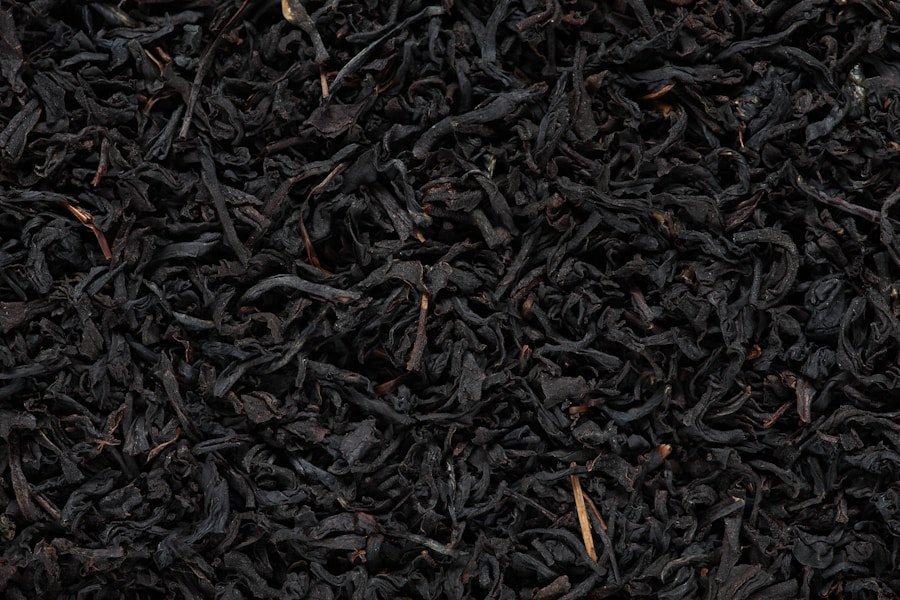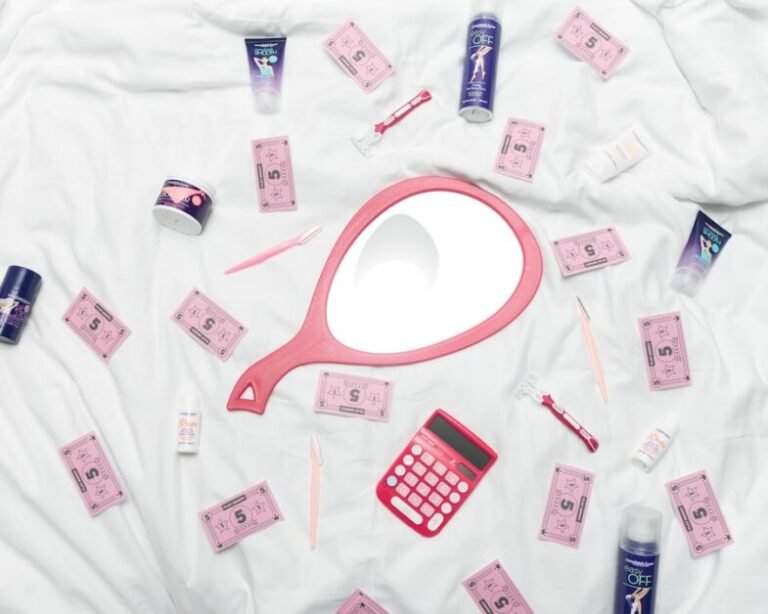Feeling Lightheaded? Try These Home Remedies for Low Blood Pressure
Low blood pressure, also known as hypotension, occurs when the force of blood against the walls of the arteries is lower than normal. This can cause symptoms such as dizziness, lightheadedness, fainting, and fatigue. There are several factors that can contribute to low blood pressure, including dehydration, heart problems, endocrine disorders, and certain medications. It’s important to understand the underlying cause of low blood pressure in order to effectively manage and treat it.
Low blood pressure can be a result of dehydration, which can occur from not drinking enough fluids or from excessive sweating, vomiting, or diarrhea. It can also be a side effect of certain medications, such as diuretics, alpha blockers, beta blockers, and some antidepressants. Heart problems, such as extremely low heart rate (bradycardia), heart valve problems, heart attack, and heart failure, can also lead to low blood pressure. Endocrine disorders, such as thyroid conditions, adrenal insufficiency, and low blood sugar (hypoglycemia), can also cause low blood pressure. Understanding the root cause of low blood pressure is crucial in determining the appropriate treatment and management strategies.
Hydrating with Electrolyte-rich Drinks
One effective way to manage low blood pressure is by staying hydrated with electrolyte-rich drinks. Electrolytes are minerals that help maintain fluid balance in the body and are essential for proper muscle and nerve function. When the body is dehydrated, it can lead to a drop in blood pressure. Drinking electrolyte-rich beverages, such as coconut water, sports drinks, or electrolyte-enhanced water, can help replenish lost fluids and minerals, thus helping to raise blood pressure to a healthier level.
Coconut water is a natural source of electrolytes, including potassium, sodium, and magnesium, making it an excellent choice for hydrating and replenishing lost minerals. Sports drinks are also a good option for hydrating with electrolytes, as they contain a mix of sodium, potassium, and other minerals that can help restore fluid balance in the body. Additionally, electrolyte-enhanced water is another convenient way to stay hydrated and replenish lost minerals. By incorporating these electrolyte-rich drinks into your daily routine, you can help manage low blood pressure and prevent symptoms such as dizziness and fatigue.
Increasing Salt Intake
Another strategy for managing low blood pressure is increasing salt intake. Salt helps retain water in the body, which can help raise blood pressure. However, it’s important to note that this approach may not be suitable for everyone, especially those with certain health conditions such as kidney disease or high blood pressure. It’s essential to consult with a healthcare professional before making any significant changes to your salt intake.
For those who are able to increase their salt intake, adding a little extra salt to meals or consuming salty snacks can help raise blood pressure. However, it’s important to choose high-quality sources of salt, such as sea salt or Himalayan pink salt, rather than highly processed table salt. Additionally, it’s important to be mindful of overall sodium intake and not overdo it with salty foods. By increasing salt intake in a responsible manner, it can help manage low blood pressure and prevent symptoms such as dizziness and lightheadedness.
Wearing Compression Stockings
Compression stockings are another effective tool for managing low blood pressure. These specially designed stockings apply gentle pressure to the legs, which helps improve circulation and prevent blood from pooling in the lower extremities. This can help raise blood pressure and reduce symptoms such as dizziness and lightheadedness.
Compression stockings come in various styles and compression levels, so it’s important to choose the right type for your needs. Graduated compression stockings are designed to apply the most pressure at the ankle and gradually decrease in pressure as they move up the leg. This helps promote blood flow back to the heart and prevent it from pooling in the legs. By wearing compression stockings regularly, especially when standing or sitting for long periods of time, it can help manage low blood pressure and improve overall circulation.
Eating Small, Frequent Meals
Eating small, frequent meals throughout the day can also help manage low blood pressure. Large meals can cause a temporary drop in blood pressure as blood flow is directed to the digestive system to aid in digestion. By eating smaller meals more frequently, it can help prevent this drop in blood pressure and maintain a more stable level throughout the day.
In addition to eating smaller meals, it’s important to focus on nutrient-dense foods that can help support overall health and energy levels. Incorporating a balance of protein, healthy fats, complex carbohydrates, and plenty of fruits and vegetables can help provide sustained energy and prevent fluctuations in blood pressure. By making these dietary adjustments and eating smaller, more frequent meals, it can help manage low blood pressure and prevent symptoms such as dizziness and fatigue.
Practicing Deep Breathing and Meditation
Practicing deep breathing and meditation techniques can be beneficial for managing low blood pressure. Deep breathing exercises help promote relaxation and reduce stress, which can help lower blood pressure naturally. By taking slow, deep breaths and focusing on the present moment, it can help calm the mind and body, thus helping to regulate blood pressure.
Meditation is another effective tool for managing stress and promoting overall well-being. By incorporating a regular meditation practice into your daily routine, it can help reduce anxiety and tension, which can contribute to lower blood pressure levels. There are many different types of meditation practices to explore, such as mindfulness meditation, guided visualization, or loving-kindness meditation. Finding a technique that resonates with you can help support your overall health and well-being while managing low blood pressure.
Exercising Regularly
Regular exercise is essential for maintaining overall health and managing low blood pressure. Physical activity helps improve circulation, strengthen the heart muscle, and promote overall cardiovascular health. Engaging in regular exercise can help raise blood pressure to a healthier level and reduce symptoms such as dizziness and lightheadedness.
There are many different types of exercise to choose from, so it’s important to find activities that you enjoy and that fit your fitness level. Aerobic exercises such as walking, swimming, cycling, or dancing are great options for improving cardiovascular health and raising blood pressure. Strength training exercises using resistance bands or weights can also help improve muscle tone and circulation. Additionally, activities such as yoga or tai chi can help promote relaxation and reduce stress while improving overall physical fitness. By incorporating regular exercise into your routine, it can help manage low blood pressure and support your overall health and well-being.
In conclusion, low blood pressure can be managed through various lifestyle adjustments and strategies. Understanding the underlying causes of low blood pressure is crucial in determining the most effective treatment approach. Hydrating with electrolyte-rich drinks, increasing salt intake (if appropriate), wearing compression stockings, eating small frequent meals, practicing deep breathing and meditation techniques, and exercising regularly are all effective ways to manage low blood pressure naturally. It’s important to consult with a healthcare professional before making any significant changes to your lifestyle or treatment plan for low blood pressure. By incorporating these strategies into your daily routine, you can help manage low blood pressure and improve your overall health and well-being.







